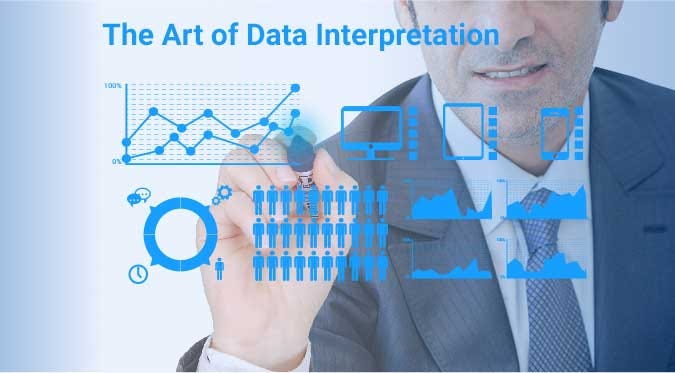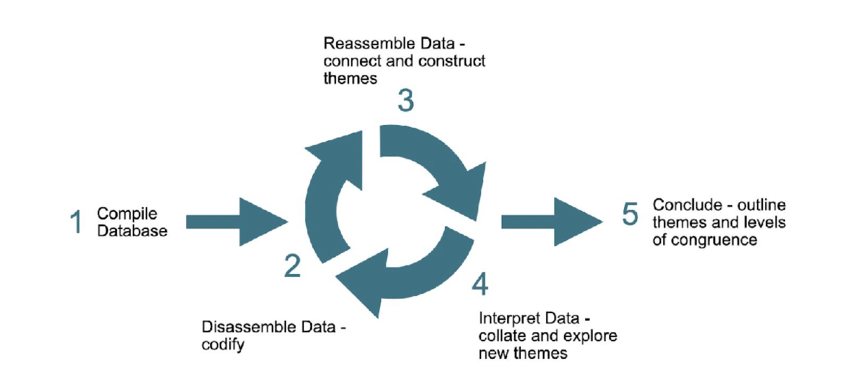FROM RAW DATA TO INFORMED DECISIONS: THE ROLE OF DATA RETRIEVAL AND ANALYSIS
Transform Your Business and Research with Actionable Insights from Data Retrieval and Analysis

Data retrieval and analysis are essential components of modern business and research because The ability to collect, store, and analyse large amounts of data is crucial for making informed decisions and gaining new insights.
The first step in data retrieval and analysis is data collection (retrieval), which involves gathering data from various sources such as databases, sensors, and web scraping. This can include data from databases, websites, social media platforms, and other sources. The data can be in various formats, such as text, images, audio, or video. The process of data retrieval is often automated, using tools such as web scraping and data mining.
Once the data is collected, it must be cleaned and pre-processed before it can be analysed. This step is important because the data may be incomplete, inconsistent, or incorrect. Data cleansing includes identifying and correcting errors, removing duplicate data, and converting the data into a format that can be easily analysed.
In addition to these tools and techniques, data retrieval and analysis include interpreting the data and gaining insights. This step is important to understand the meaning of the data and make informed decisions based on the insights gained from the analysis.
Data Retrieval
Data retrieval is the process of collecting and extracting data from various sources. Data sources can be internal sources such as databases or external sources such as social media platforms, market research firms, or government agencies. The collected data can be structured, unstructured, or semi-structured.
Structured data is organised in a specific format, such as a spreadsheet.
Unstructured data is not organised and can be found in various forms, such as text, images, or videos.
Semi-structured data is a combination of structured and unstructured data.
Methods of Data Retrieval
includes manual data collection, automated data collection, and data scraping.
Manual data collection is the process of collecting data manually, such as through surveys or interviews. This method is time-consuming and can be prone to errors, but it allows for a more in-depth understanding of the data.
Automated data collection, on the other hand, uses software or tools to collect data from various sources. This method is faster and more efficient, but it can be limited in the type of data it can collect.
Data scraping is a method of collecting data from websites or online platforms. This method is useful for collecting large amounts of data quickly, but it can be illegal if the data is protected by copyright laws.
Data Analysis
Data analysis is the process of examining and interpreting data to uncover insights and make decisions. This can be done using various tools and techniques, such as statistical analysis, machine learning, and natural language processing.
Statistical analysis is a common method for data analysis. It involves using statistical techniques to understand patterns and trends in the data. This can include techniques such as descriptive statistics, inferential statistics, and predictive modelling.
1.1. Descriptive statistics provide a summary of the data, such as the mean, median, and standard deviation.
1.2. Inferential statistics allow for making predictions based on the data, such as determining the probability of a certain outcome.
1.3. Predictive modeling involves using statistical algorithms to make predictions about future events.
Machine learning is a subset of artificial intelligence that involves using algorithms to learn from data. It is used to uncover patterns and trends in the data that are not immediately obvious. This can include techniques such as decision trees, neural networks, and k-means clustering.
2.1. Decision trees are used to classify data based on a set of rules.
2.2. Neural networks are used to recognise patterns in data and make predictions.
2.3. K-means clustering is used to group similar data points.
Natural language processing (NLP) is a branch of artificial intelligence that involves analysing text data. It can be used to analyse customer feedback, social media posts, and other text data. NLP techniques include sentiment analysis, which is used to determine the sentiment of a text, and topic modelling, which is used to identify the main topics discussed in a text.
Data visualisation is also an important aspect of data analysis. It allows for the data to be presented in a way that is easy to understand and interpret. Common data visualisation techniques include bar charts, line charts, scatter plots and heat maps. Data visualisation tools such as Tableau and Power BI allow for the creation of interactive and dynamic visualisations.
Data analysis is not limited to a specific set of techniques or tools.
The choice of techniques and tools will depend on the specific problem and the type of data being analysed.
For example, statistical analysis may be more appropriate for numerical data, while machine learning may be more appropriate for image or text data.
Data retrieval and analysis are critical components in today's fast-paced business environment. With the vast amount of information available, it is essential to have the right tools and techniques to collect and analyse data to make informed decisions effectively.

Advantages and Disadvantages
Retrieving and analysing data have several advantages and disadvantages.
ADVANTAGES:
The main advantage of data retrieval is the ability to collect large amounts of data quickly and efficiently. This allows organisations to make informed decisions based on a variety of data.
Another advantage is the ability to gather data from multiple sources that can provide a more complete picture of the situation.
DISADVANTAGES:
The main disadvantage of data retrieval is the potential for error, such as inaccurate data or missing data. This can lead to incorrect conclusions or decisions.
Another disadvantage is the potential for data overload, which can make it difficult to identify the most important information.
This article was originally published on the company blog. You can read it here.
Intellicy is a consultancy firm specialising in artificial intelligence solutions for organisations seeking to unlock the full potential of their data. They provide a full suite of services, from data engineering and AI consulting to comment moderation and sentiment analysis. Intellicy's team of experts work closely with clients to identify and measure key performance indicators (KPIs) that matter most to their business, ensuring that their solutions generate tangible results. They offer cross-industry expertise and an agile delivery framework that enables them to deliver results quickly and efficiently, often in weeks rather than months. Ultimately, Intellicy helps large enterprises transform their data operations and drive business growth through artificial intelligence and machine learning.

